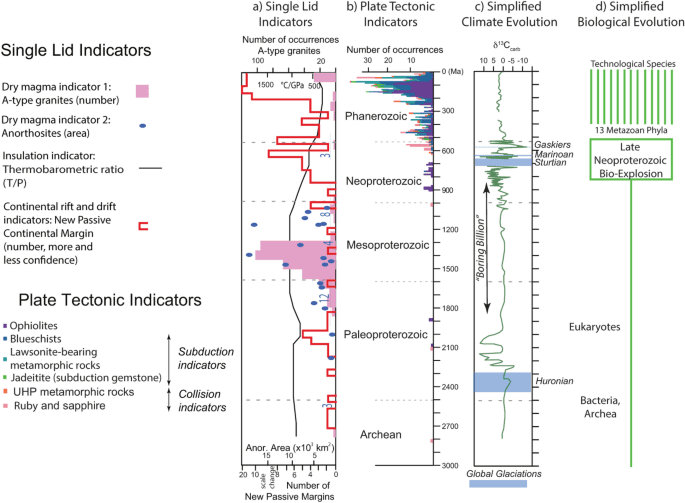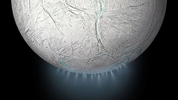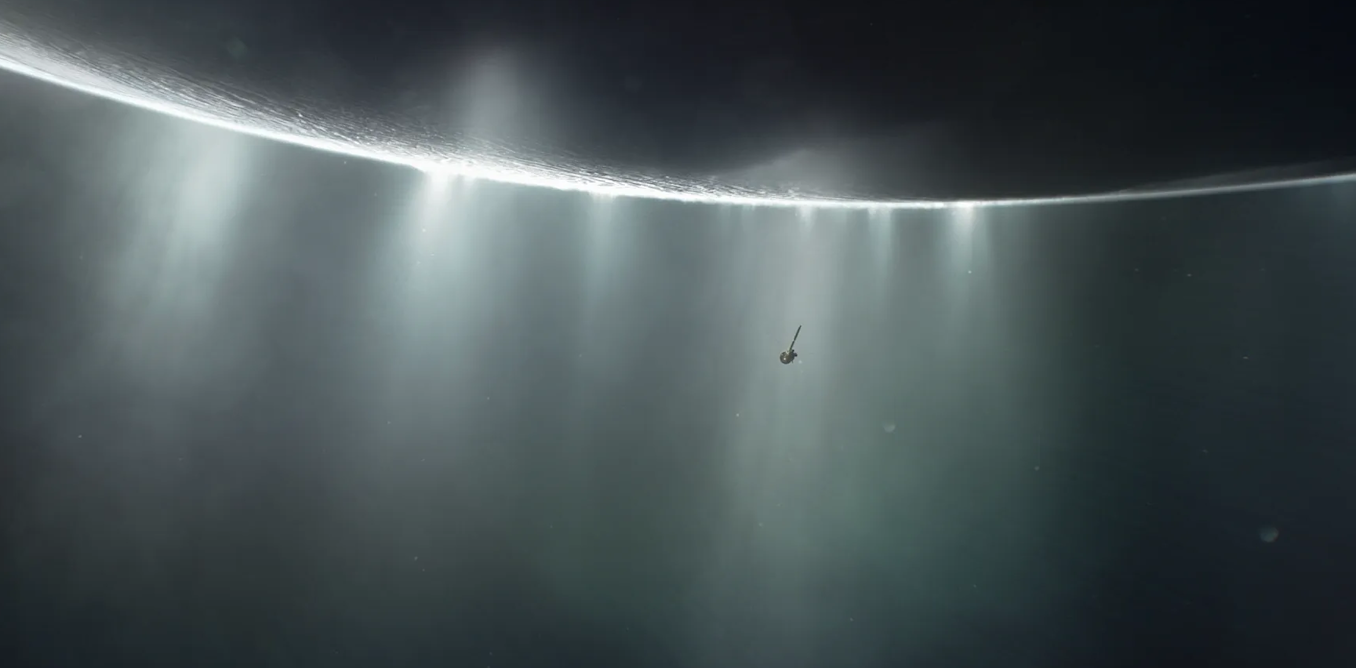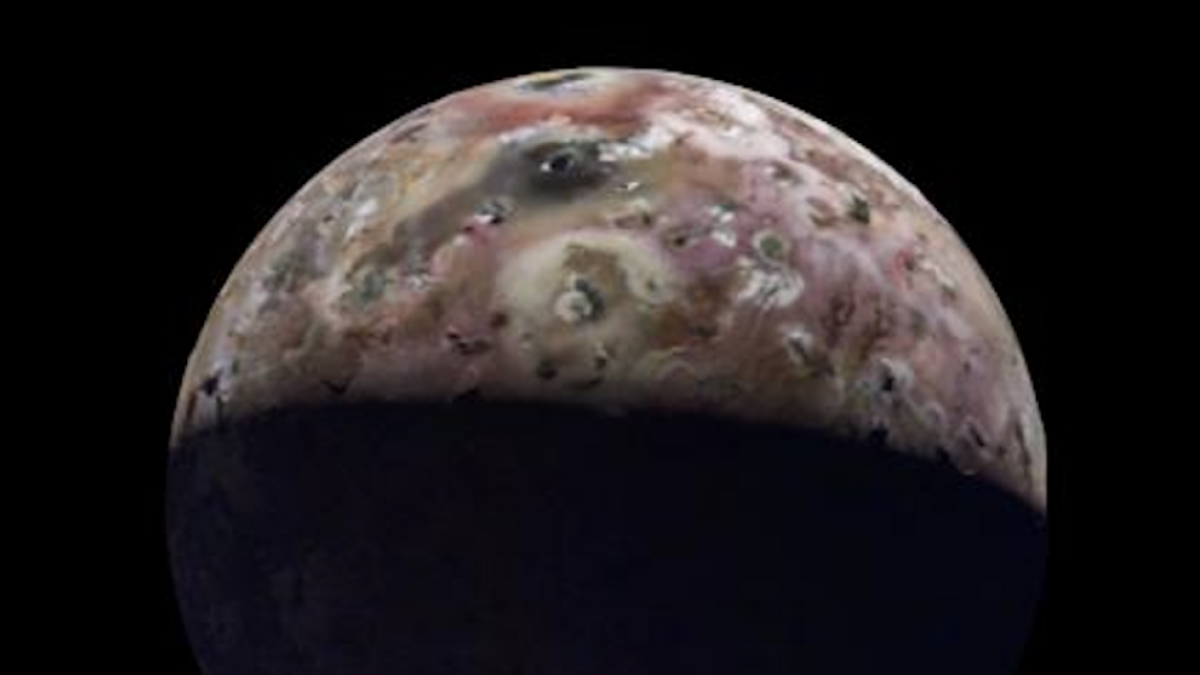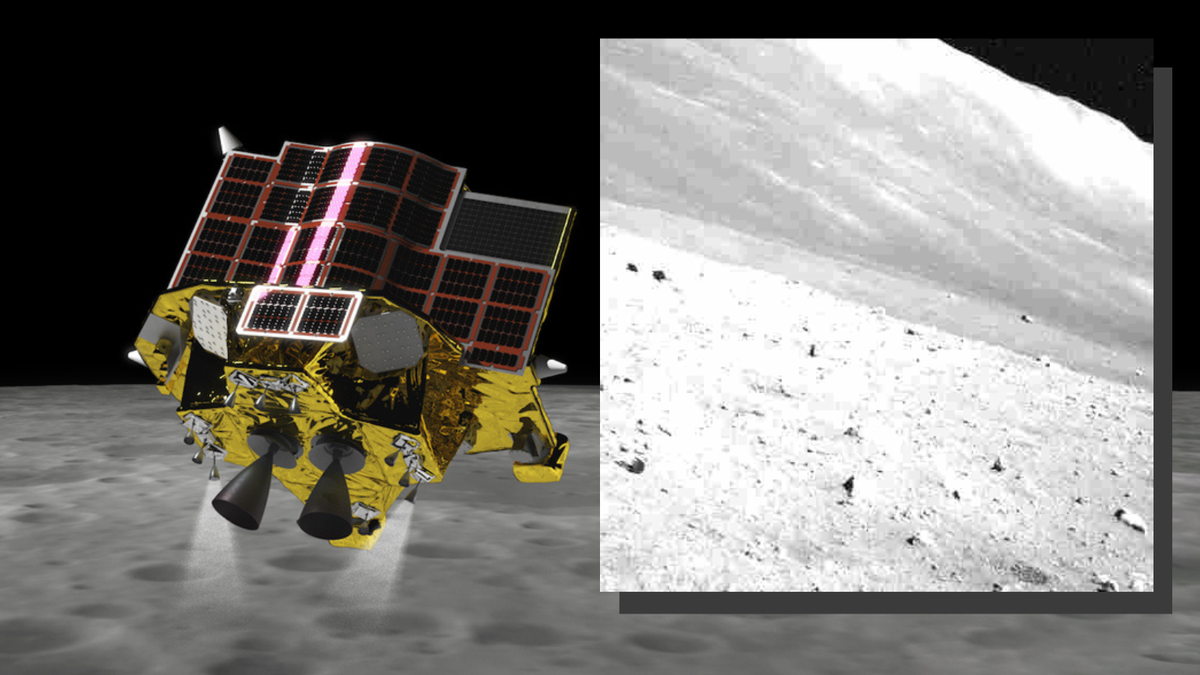TheGoatBaron
Aliens exist and they do control your mind!!!
- Jan 4, 2010
- 10,953
- 2,131
- AFL Club
- Sydney
- Other Teams
- Port Melb, Eintracht Frankfurt.
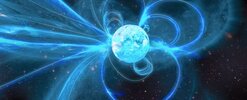
One of the weirdest stars in the Milky Way has just gotten even weirder.
It's a magnetar called XTE J1810-197, and it was discovered in 2003 just riotously spitting out radio waves. In 2008, it just… stopped, and pretty much vanished from our view.
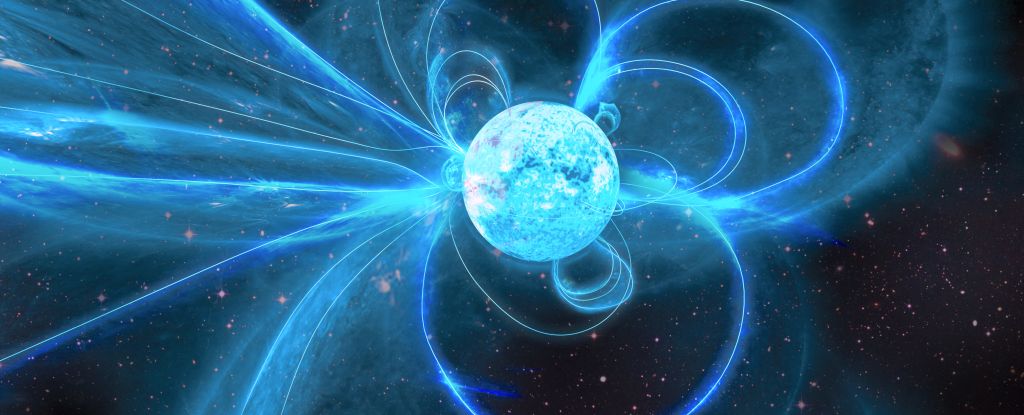
Magnetic Star Awakens After Sleeping For 10 Years And It's Acting Super Weird
One of the weirdest stars in the Milky Way has just gotten even weirder.





